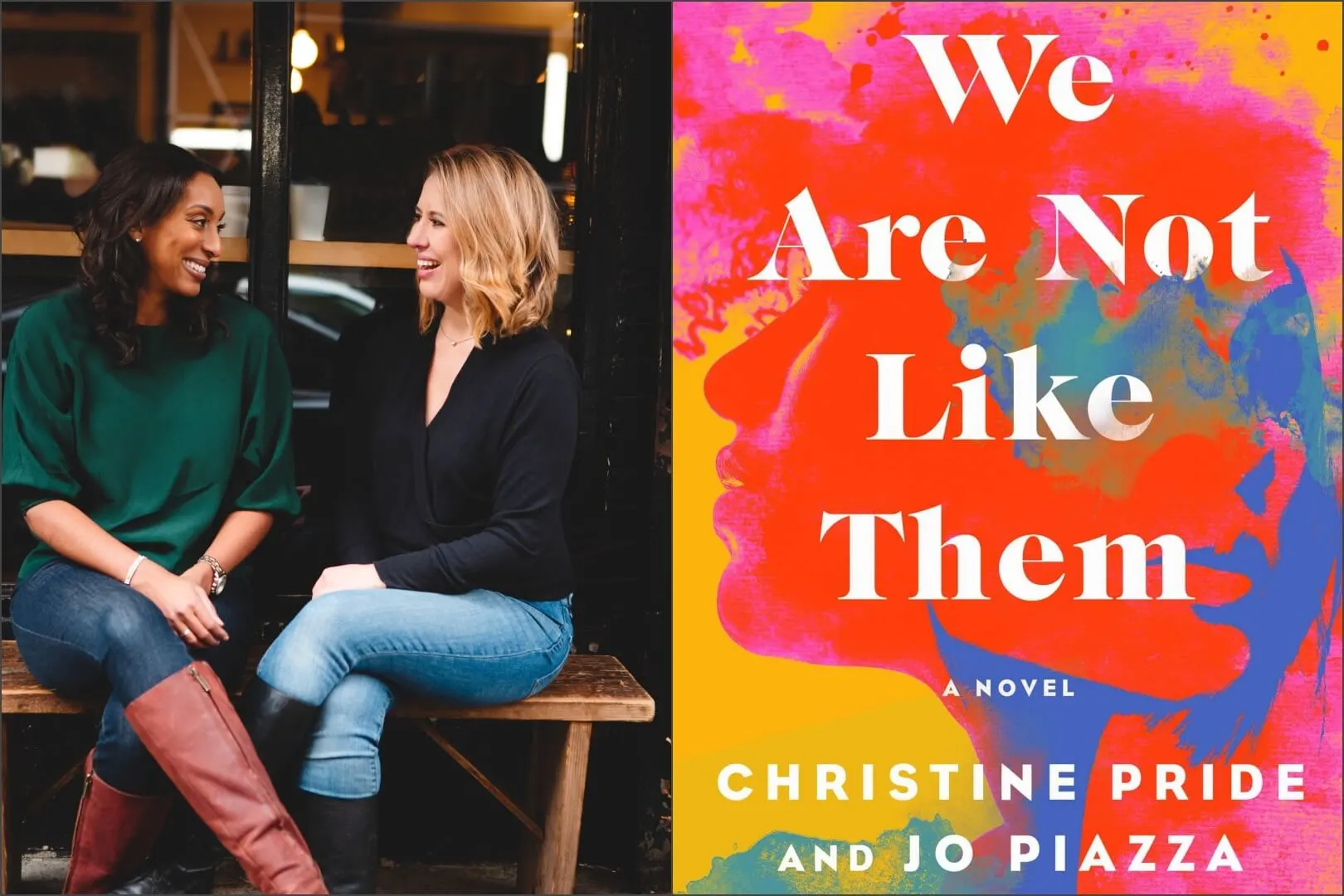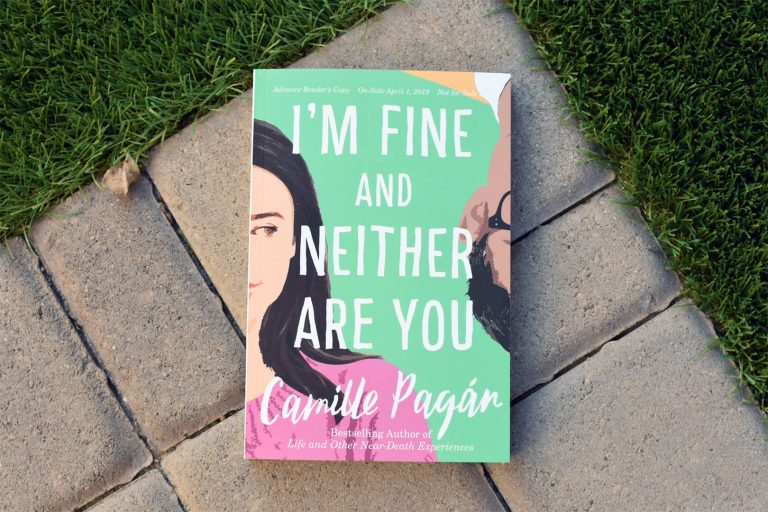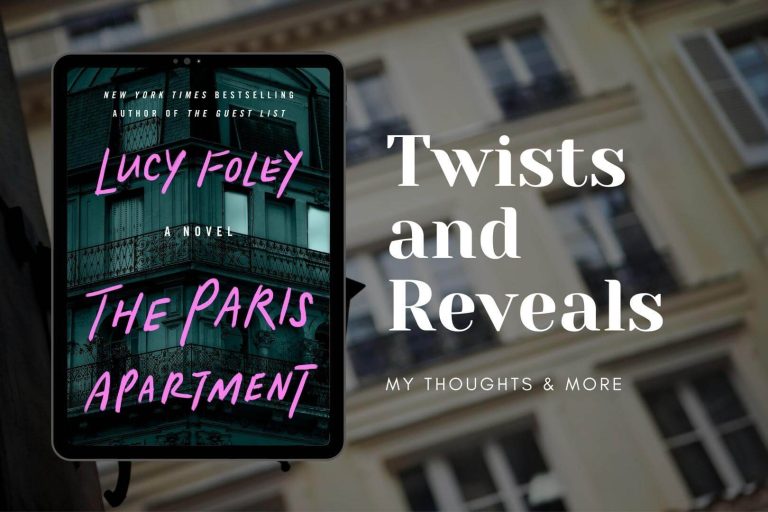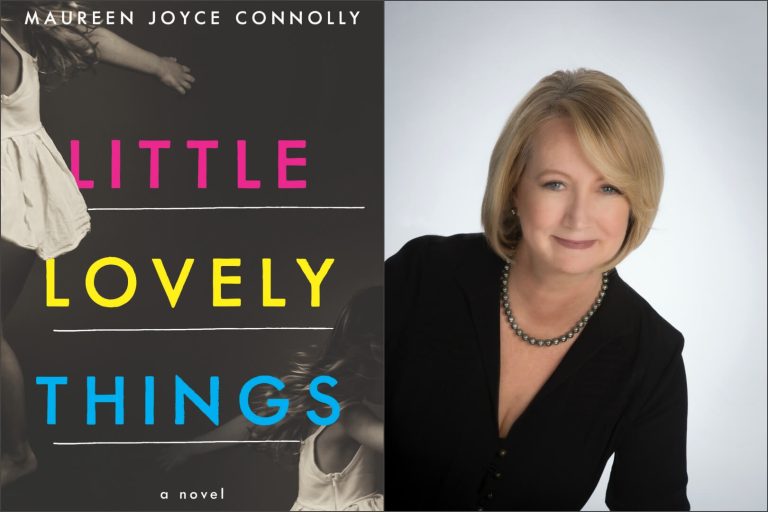This post contains links to products that I may receive compensation from at no additional cost to you. View my Affiliate Disclosure page here.
Christine Pride and Jo Piazza are the authors of We Are Not Like Them, a Good Morning America book club pick.
This is one of the most impactful stories I’ve read in a long time—highly recommend it! I’m so thrilled to feature a Q&A with the authors Christine Pride and Jo Piazza.
Christine Pride is a writer, editor, and longtime publishing veteran. She’s held editorial posts at many different trade imprints, including Doubleday, Broadway, Crown, Hyperion, and Simon & Schuster. As an editor, Christine has published a range of books, with a special emphasis on inspirational stories and memoirs, including numerous New York Times bestsellers. As a freelance editorial consultant, she does select editing and proposal/content development, as well as teaching and coaching, and pens a regular column—“Race Matters”—for Cup of Jo. She lives in New York City.
Jo Piazza is an award-winning journalist, editor and podcast host. Her work has appeared in the New York Times, TheWall Street Journal, CNN, Marie Claire, Glamour, and other notable publications. She is also the author of Charlotte Walsh Likes to Win, How to Be Married, The Knockoff, Fitness Junkie, and If Nuns Ruled the World. She lives in Philadelphia with her husband and two small children.
Let’s get to know Christine and Jo as they talk about their writing partnership, crafting the novel, key takeaways and much more!
What are some of your favorite novels?
So hard to narrow! Tortuous even but…
JP: Breathing Lessons by Anne Tyler, The Lowland by Jhumpa Lahiri, Fates & Furies by Lauren Groff
CP: Americanah by Chimamanda Ngozi Adichie, Just Mercy by Bryan Stevenson, Let’s Take The Long Way by Gail Caldwell
When did you both know you wanted to become authors?
Jo: I’ve been writing stories since I could write the alphabet. My first one was about three knights (who happened to be fat brown toads) who rescued a princess from a lily pad. It was rough. But I veered in the direction of nonfiction when I went to college and started working as a journalist. I didn’t come back to fiction until about ten years later when I wrote my first novel (I like to call it a practice novel) while on vacation. I made myself write something like 5,000 words a day and when that was finished I got the bug and haven’t stopped writing fiction since.
CP: I came to writing much later than Jo– when we started our book together, actually– but I’d always been passionate about story-telling. I was a kid with an outsized imagination, including a very vivid imaginary friend for a time. (I had real ones, too!) We also overlap in pursuing journalism– I graduated from journalism school thinking I would be a broadcast anchor, but life pulled me towards book publishing instead. Before turning to We Are Not Like Them, I spent almost two decades as a book editor helping writers (including Jo!) create their stories and memoirs and championing those books.
How did the writing partnership come together for the two of you?
We met when Christine was the editor of Jo’s last novel Charlotte Walsh Likes to Win. We loved working together and then did a very quickie book project– a tie-in novel to the TV show Younger called Marriage Vacation. That one was so collaborative, the two of us getting our hands dirty in a Google Doc, that we knew we could write well together and started to think about collaborating on another project.
What was the process like for crafting the novel? Do you alternate chapters, split the book up in half, etc.?
We both truly had a hand in creating almost every word on the page together. In the beginning we split up according to our initial strengths and comfort zones. Jo had written nine books and Christine had been all those years as a book editor so after we made the initial detailed outline Jo would tackle the blank page and then Christine would edit or re-write. But eventually we both got comfortable in both roles and we went back and forth working in real time in a Google doc, each adding layer after layer to the story. Every so often we would hop on the phone or a Google hangout (this was pre Zoom rage) to discuss plot points or edits, or even to read aloud to each other to make sure the book was working.
In the author’s note, you two wrote that “we were determined that we would both be equally involved in the creation of Riley and Jen—neither of us would take on the role of the “black” character or the “white” character, but rather our constant conversations would allow us to create both of these women together.” I’m seeing if you could expand upon this—if maybe you could provide examples of ways you both work together on these two characters and some of the challenges that you met along the way.
We wanted the voice of each character to be distinct but it was important to us that the book feel cohesive, like it was the work of one author. And yet, we partnered together for this book precisely because of the unique opportunity to bring our own perspectives as a white woman and a Black woman to the table, so we leaned into that heavily, too– drawing on particular personal experiences, conversations, and observations to inform the story. There are things that Christine will hear and experience in all Black spaces that Jo will never witness and likewise things that Jo will hear in all white spaces that people would never say with a Black person present. We wanted to let the reader into both of these worlds and then to witness how they collide.
The story begins in a heartbreaking place—when Justin is shot by the police officers. Why was it important for the reader to read the story from Justin’s perspective in the beginning?
It is a devastating truth that the victims of police shootings and the victims of violence are so often headline news one day and forgotten the next. George Floyd was an exception to that rule. More often, the names and incidents of police involved shootings (or gun violence in general) disappear in a blur, or are under reported or unreported in the first place. But we wanted to humanize the headlines, so to speak, and that meant giving Justin, the shooting victim, and his mother and family, agency and perspective in our story.
What did you both personally learn while working on this story?
Jo: I learned that the key to collaboration is good communication. We needed to learn how to communicate in a whole new way in order to write together. It wasn’t always easy, but frankly getting through all the hard parts made our professional and personal relationships so much stronger.
CP: I learned just how dang hard writing a book is! All my years as an editor, this should not have come as a surprise, but it really is one of those things that looks easier from the outside! I have that much more awe and respect for the process now, and the people who practice it with such dedication and care.
What do you hope are some of the key takeaways for the reader?
First and foremost this is a story about the power of female friendship– so we hope it makes readers want to call their bestie. We joke that readers should come for the friendship but stay for the social justice. But the truth is that we do also hope this book will help readers start hard conversations about race and the way it affects all of us. Our goal was to take a timely, topical and sometimes difficult subject and package it in a relatable, compelling and heartfelt story so ultimately, more than anything, we hope readers come away feeling moved.
What are you currently reading and what’s on your TBR (to be read) list?
We often find ourselves accidentally reading the same thing at the same time. It happened a few weeks ago with The Great Circle by Maggie Shipstead, which we both loved! And we discovered we both started No Cure For Being Human by Kate Bowler on the same day this week. CP: Next up for me is Invisible Child by Andrea Elliott. For Jo: In Five Years by Rebecca Searle.
Click here to order We Are Not Like Them on Amazon.






